drilling in tile
musicteacher
9 years ago
Related Stories
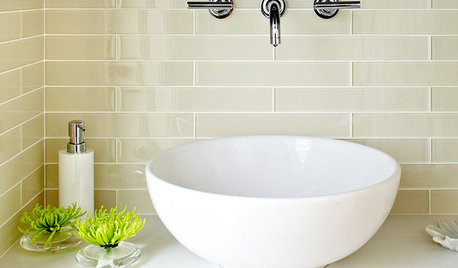
REMODELING GUIDESFinishing Touches: Pro Tricks for Installing Fixtures in Your Tile
Cracked tile, broken drill bits and sloppy-looking fixture installations? Not when you follow these pro tips
Full Story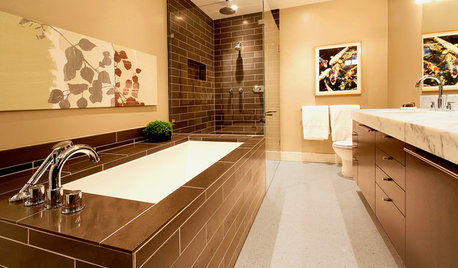
BATHROOM DESIGNDesigner Trick: Take Your Shower Tile to the Ceiling
Tile the whole wall in your shower to give your bath a light and lofty feel
Full Story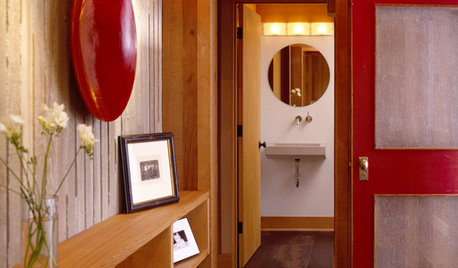
REMODELING GUIDES10 Tile Patterns to Showcase Your Floor
There's more to a tile floor than the tile itself; how you lay out your tile can change the look and feel of the room
Full Story
KITCHEN BACKSPLASHESHow to Install a Tile Backsplash
If you've got a steady hand, a few easy-to-find supplies and patience, you can install a tile backsplash in a kitchen or bathroom
Full Story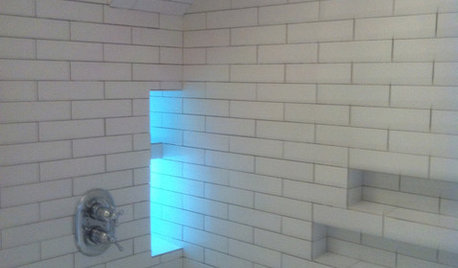
BATHROOM DESIGN10 Top Tips for Getting Bathroom Tile Right
Good planning is essential for bathroom tile that's set properly and works with the rest of your renovation. These tips help you do it right
Full Story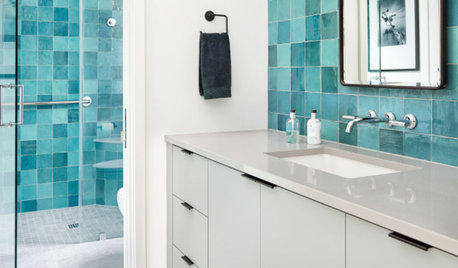
TILEPorcelain vs. Ceramic Tile: A Five-Scenario Showdown
Explore where and why one of these popular tile choices makes more sense than the other
Full Story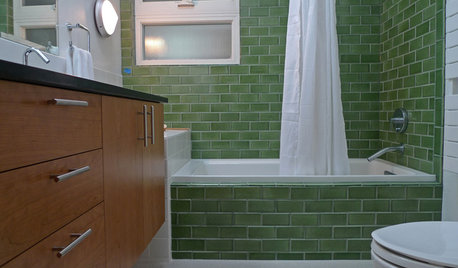
BATHROOM DESIGNBathroom Surfaces: Ceramic Tile Pros and Cons
Learn the facts on this popular material for bathroom walls and floors, including costs and maintenance needs, before you commit
Full Story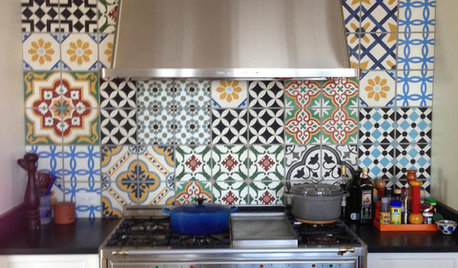
TILESo Many Reasons to Love Cement Tiles
You’ll notice their beautiful patterns right away, but cement tiles have less obvious advantages too
Full Story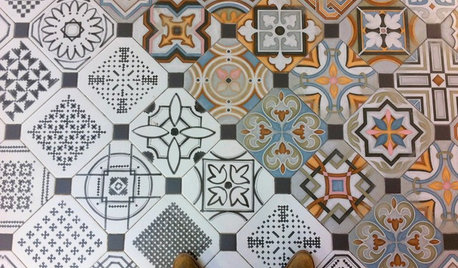
EVENTSTile Goes High Tech at Italy's Big Expo
Cutting-edge methods are creating tile looks from handmade to avant-garde, as seen as CERSAIE 2013
Full Story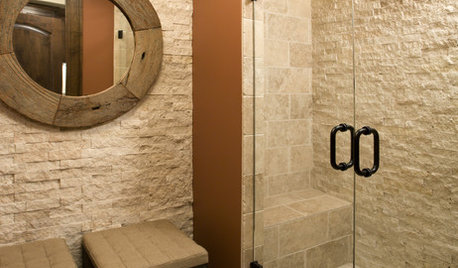
TILEBathroom Tile: Loving the Look of Ledgestone
Stacked-stone tile looks amazing in a bathroom, especially when washed with light. Here's what to think about before you buy
Full Story





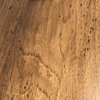
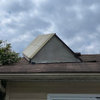

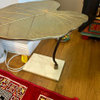
geoffrey_b
snoonyb
Related Professionals
Bellevue Kitchen & Bathroom Remodelers · Buffalo Grove Kitchen & Bathroom Remodelers · Fairmont Kitchen & Bathroom Remodelers · North Chicago Kitchen & Bathroom Remodelers · Goodlettsville General Contractors · Four Corners General Contractors · Erie General Contractors · Leon Valley General Contractors · Murrysville General Contractors · Warren General Contractors · Burien Painters · Cape Coral Painters · Jensen Beach Painters · Montgomery Painters · Wilmette Painterssdello
Joseph Corlett, LLC
rwiegand
musicteacherOriginal Author
Joseph Corlett, LLC
kudzu9
geoffrey_b
kudzu9
sombreuil_mongrel
kudzu9
Joseph Corlett, LLC
grubby_AZ Tucson Z9
energy_rater_la
sombreuil_mongrel
kudzu9
musicteacherOriginal Author
kirkhall
dkenny
musicteacherOriginal Author